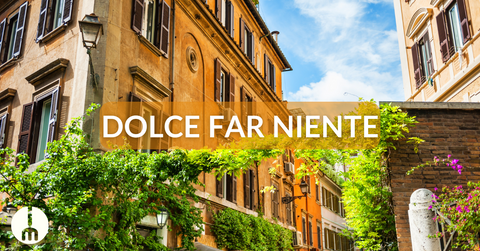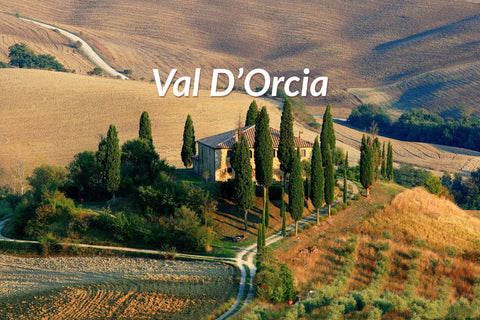I recently spent a few unforgettable weeks in Sardinia, and let me tell you, this island isn’t just a feast for the eyes, with its turquoise waters and rugged coastlines. It’s also a paradise for food lovers. If you’re heading there this summer, don’t just plan your beach days, plan your meals too. Sardinian food is something special: rustic, seasonal, and deeply rooted in tradition. Here’s what I discovered (and devoured), and what I think you absolutely shouldn’t miss.
A Crunch, a Sip, and the Start of Something Good
My first taste of Sardinia came in the form of pane carasau, a paper-thin, crispy flatbread that locals call “carta musica” because of the crackling sound it makes. I was sitting on a shaded terrace in the countryside, with a glass of chilled Vermentino in hand, nibbling on these golden sheets drizzled with olive oil and sprinkled with salt. Next to them: wedges of fresh pecorino cheese, a spoonful of fig jam, and a few slices of bottarga, cured mullet roe that adds a salty, umami hit to anything it touches.
At that moment, I realized that Sardinian food doesn’t scream for attention, it whispers. But oh, how good it whispers.
Pasta, But Make It Sardinian
One evening in Ogliastra, I was introduced to culurgiones. Think of them as ravioli, but with a Sardinian twist, filled with mashed potatoes, mint, and pecorino cheese, sealed by hand in a beautiful wheat-spike pattern. They were served in a light tomato sauce with fresh basil, and I swear I could have eaten ten more.
Another favorite? Fregola con arselle, tiny toasted balls of semolina pasta, almost like couscous, cooked with clams, garlic, cherry tomatoes, and a touch of white wine. It was warm, comforting, and just briny enough to remind me that the sea was never far away.
And then there were the malloreddus, little gnocchi-like pasta tossed in a saffron-scented sausage ragù. It’s a classic winter dish, but in summer I tried a lighter version with seasonal vegetables, and it was just as satisfying.
The Meat, the Sea, and the Fire
In the interior villages, the big star is porceddu, Sardinia’s famous roast suckling pig. I had it during a village festival, where the scent of herbs and smoke drifted through the air long before the food hit the plate. The meat was impossibly tender, the skin crackling and golden, and the whole thing was served with roasted potatoes and wild fennel.
Closer to the coast, it’s all about seafood. I tried grilled sea bream seasoned with nothing but olive oil and lemon, and a Catalan-style lobster salad in Alghero that completely won me over, chunks of sweet lobster mixed with ripe tomatoes, red onions, and olive oil. Simple, fresh, and unforgettable.
Summer Plates and Sweet Endings
For lighter meals, Sardinia doesn’t disappoint. One hot afternoon I had a salad made with ripe tomatoes, onions, and broken pieces of pane carasau. It was crunchy, juicy, and incredibly refreshing. I also loved the stuffed vegetables, zucchini and eggplant filled with herbs, bread crumbs, and sometimes a touch of creamy ricotta.
But let’s talk dessert. Seadas became my weakness, fried pastries filled with lemon-scented cheese and drizzled with local honey. Crisp on the outside, warm and gooey inside, sweet and slightly savory. Honestly, one of the best desserts I’ve ever had. I also picked up papassini cookies at a local bakery—soft, rich with raisins and nuts, and perfect with an espresso or a shot of mirto, the local myrtle berry liqueur.
Sip Like a Local
Speaking of drinks, Sardinia has some seriously good wines. Vermentino di Sardegna was my go-to for beach lunches, dry, floral, and crisp. And when dinner called for something heartier, Cannonau (the local red) delivered, bold and earthy, yet easy to drink even on a warm evening.
And then there’s mirto. After a big meal, locals always offer it, either the red version made from berries or the white, made from myrtle leaves. It’s sweet, herbal, and the perfect end to a Sardinian feast.
A Few Local Tips
If you want to eat like a Sardinian this summer, here’s what I learned:
Stick to seasonal produce—the markets are full of sun-ripened fruits like figs, peaches, and melons.
Ask locals for recommendations—they’ll point you to the best trattorie and family-run agriturismi.
Don’t rush—Sardinians take their time with food, and so should you.
Hit a village festival if you can—they’re fun, festive, and full of traditional food.
Final Thoughts
Sardinia taught me that food doesn’t need to be fancy to be extraordinary. It just needs to be honest, seasonal, and made with care. So if you’re lucky enough to visit this magical island, come hungry—and be ready to taste the real soul of Sardinia, one plate at a time.
Written by Alessio Gambino Founder of Magnifico Food – after a few unforgettable meals on the island.



